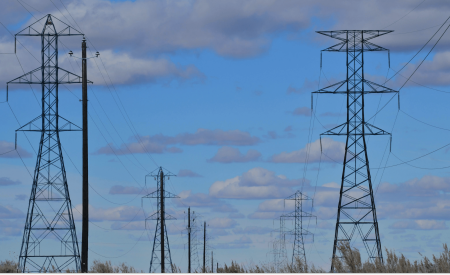We enable you to make better decisions about your energy operations.
Energy analytics: optimise your operation on more than just thermodynamics
Traditionally, energy optimisation methods for industrial energy users have focused on thermodynamics of core processes. With the ever increasing possibilities of digital technologies and energy analytics, opportunities arise to subsequently optimise related processes such as consumption planning, procurement and asset dispatch.
Combining internal with external optimisation creates synergies boosting business results. We call this System Optimisation.
Energy analytics: how to start
By adopting analytics in industrial energy operations, relevant data from multiple sources can be combined in the energy planning process. A key aspect while combining sources is to create uniformity in data received. This can e.g. include aggregating time series to fixed intervals, converting data into different units and aggregating measurements to the desired portfolio level. When data has been uniformed, a data structure can be created to greatly ease the analysis process. Typically these data structures are constructed by creating different sectional views of your site. Once the uniformed data structures are in place, System Optimisation can be applied.
Achieve system optimisation with energy analytics
Assuming the efficiency of your energy generating assets has long been optimised, it is time to look at how much energy is generated and at which costs. Starting point will generally be to have enough energy available for your primary production process at all times. Accurate energy demand planning is therefore essential to avoid excess generation.
Another route is to increase production during times overgeneration cannot be avoided. This can be the case when contracts (e.g. for ancillary services) prevent your energy assets from ramping down, or if steam production from waste streams exceed current demand. Preventing this requires an easy-to-access overview of contractual obligations, both on the production side as well as on the energy generation side.
While temporarily reducing production because of high energy prices is generally not considered feasible, increasing production during times of low energy prices is often a possibility. This requires at least an up-to-date overview of day-ahead and intraday prices, but might also require a real time imbalance price forecast. By combining the latter with a real time view on portfolio imbalance, opportunities on the imbalance markets can be seized.
Many other internal and external conditions can be taken into account, e.g. grid capacity contracts and emission reduction obligations.
Optimise your system by using energy analytics
Contact Thomas Crabtree via +31 6 3085 2747 to discuss your goals and challenges or reach out to Energy21.


 Close
Close 
.jpg?resolution=450x275&quality=95)

